What to Do If Your Foundation Is Leaking
As a homeowner, you likely try to save money “for a rainy day” knowing that repairs and upgrades are inevitable. Sometimes the rainy day itself is the precipitating factor for those repairs, especially if you find that the floors are suddenly wet in your home. A particularly heavy downpour — and the leaks it could cause — might threaten both your rainy-day fund and your home’s foundation.
In the state of Georgia, the rainy season runs through the wintertime, from December to April, with the wettest months running from January through March. But summer also brings thunderstorms that can start water leaking into your house from the outside. Both seasons are common times for foundation leaks and necessary repairs.
If you see water coming up through the floor, your first step will be to determine whether and why you have water leaking into the house from the outside. Here, we’ll walk through what you need to know about foundation leak repairs: Why is water coming up through your floor? Could the foundation be leaking water? What do you need to know about leaking foundations and how to repair them? Read on for our quick guide to fixing foundation leaks.
Why is water coming up through the floor after a rain?
If water is coming up through your floor after a rain, it’s likely that the soil around your house becomes oversaturated with water, which can create pressure on your walls and find its way into the house through cracks in the foundation. If you’re seeing water coming up through the floor after a rain, your foundation might have an insufficient waterproofing seal, you could have cracks in your foundation floor, or you could have a pipe leak under your slab foundation.
The first step of solving any leaking issues within your house is to determine the origin of the problem: Can you feel warm water spots on the floor? It might be your hot-water lines leaking. Do you hear the sound of rushing water beneath your floor? Your piping might contain a leak. Has your water bill skyrocketed? A sharp increase in utility bills typically points to a broken water line.
The typical steps for identifying and repairing a foundation leak go like this: Check to see where the water might be coming from, look for a way to stop the leak in the immediate term, get your interior dry again by increasing air circulation and reducing humidity, and find a permanent solution for leak prevention in the future. If you don’t see wetness coming from the ceiling and it’s instead rising from the floors, having your home’s exterior and foundation inspected and repaired is your best bet.
What to know about foundation leak repairs
If you suspect water is coming through your foundation, your first question might be, “How much does it cost to fix a water leak in the home’s foundation?” The cost of foundation leak repairs varies by the leak’s severity and your home’s location, but estimates usually run between $2,000 and $7,000 in the United States, with a slab foundation repair typically costing on the lower end of that range.
A slab foundation repair is often necessary when you’ve found a slab leak caused by a plumbing problem under your slab foundation. These leaks are often caused by the erosion of pipes and water and sewer lines. If you call a plumber to repair your foundation leak, the plumber will first work to identify the source of the leak. Then, he’ll need to gain access to the leak’s source, which may entail cutting through the foundation slab with a jackhammer. He’ll then need to check the pipes for leaking and decide to repair or replace the pipe, depending on its condition. Once that’s done, the plumber will bury the pipe, replace the concrete and fix your floors, and you’ll be ready to go.
If the leak proves elusive, extra tools might be required for locating it. Sonar listening devices and infrared cameras are some tricks of the trade professionals use for tracking down elusive foundation leaks.
Professional plumbers in the Gainesville, Ga., area
When you see water coming from your floor, you don’t want to take any chances with inexperienced plumbers or chancy DIY solutions. And you won’t find a better or more affordable plumbing service than at Gainesville Mechanical. Our expert plumbers can provide a wide range of services — including drain and pipe cleaning, clogged drain and pipe repair, sewage leak detection and repair, slab and foundation leaks, and more — to keep your household healthy and safe.
We can fix your current water leaks, and you can call us for regular maintenance to forestall any future damage, expense, and disruption to your home and everyday life. Need a trusted friend in the business to keep your home in the Gainesville, Lawrenceville, Buford, Dahlonega, Braselton, or Cumming, Georgia, area safeguarded from disaster — or even minor inconveniences? Call us today at (770) 532-9130 or request service now.
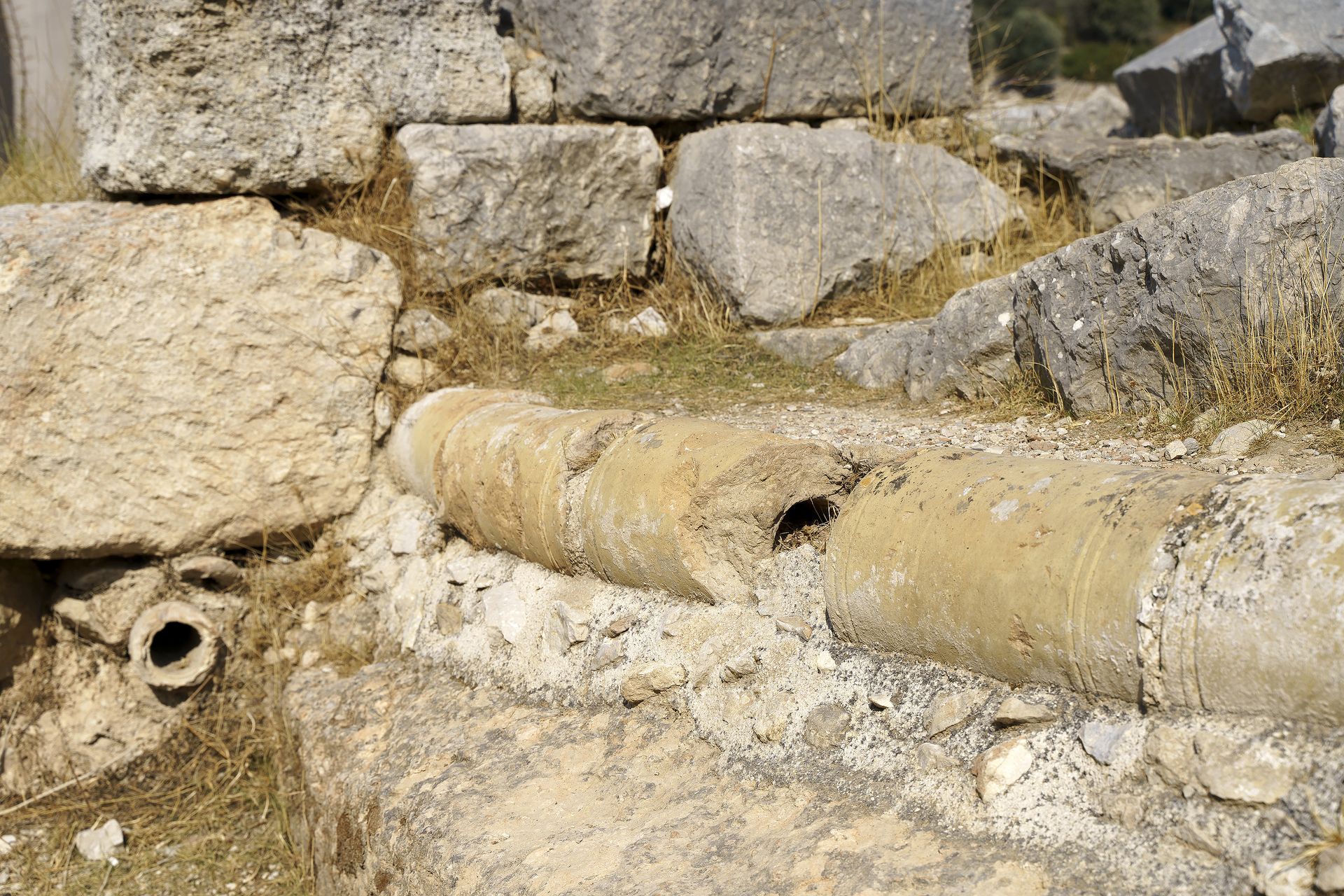
Servicing the Southeast
and Surrounding Areas
Share On:
Phone Number
All Rights Reserved | Privacy Policy
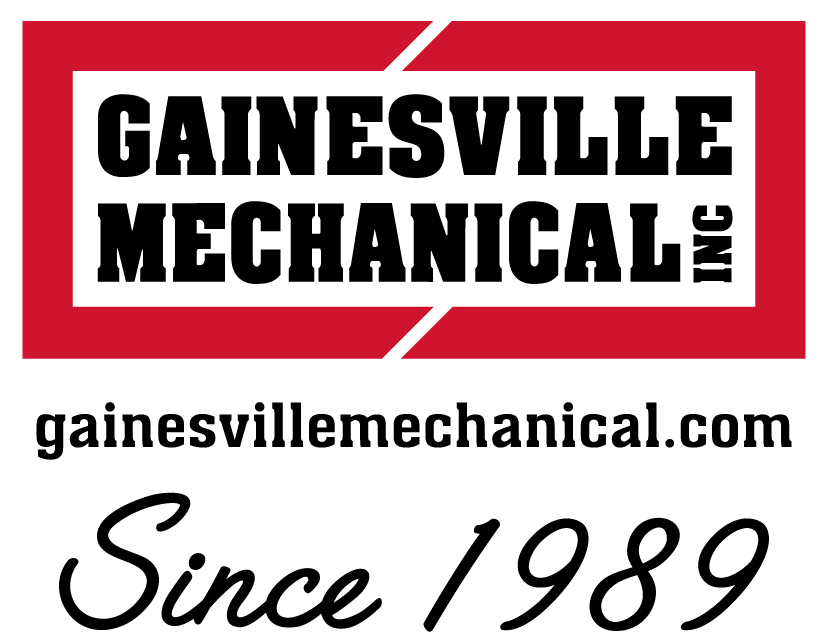
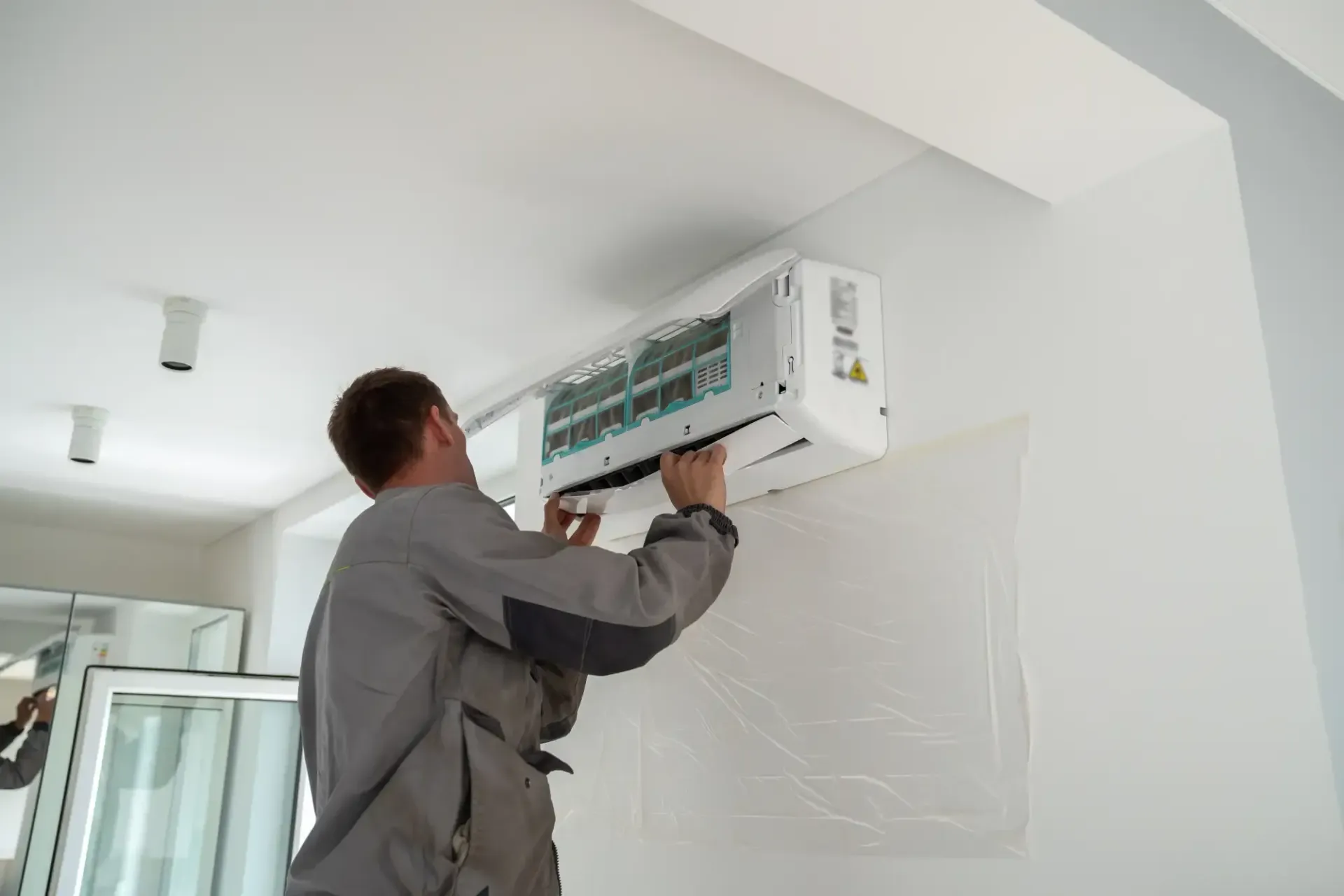
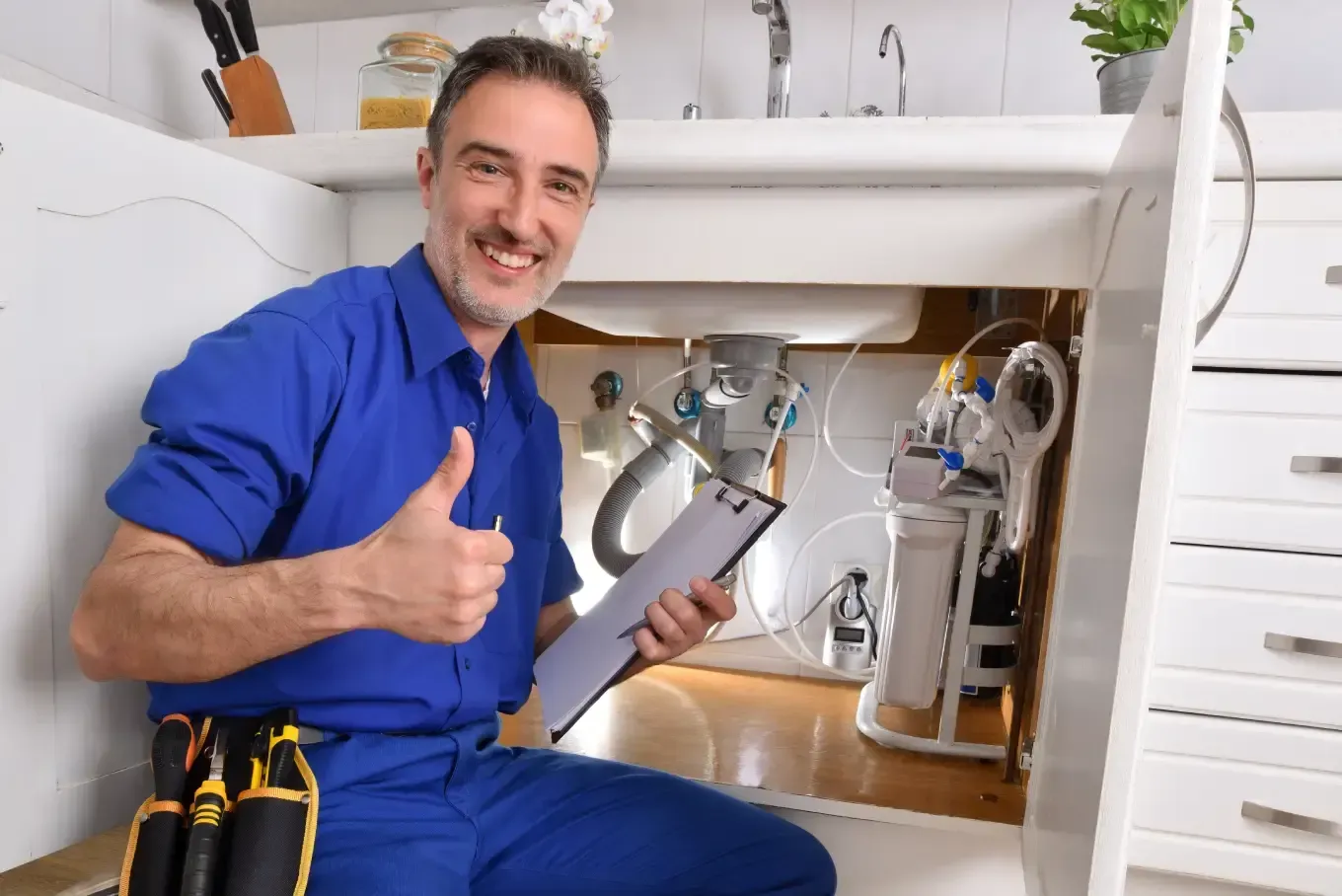

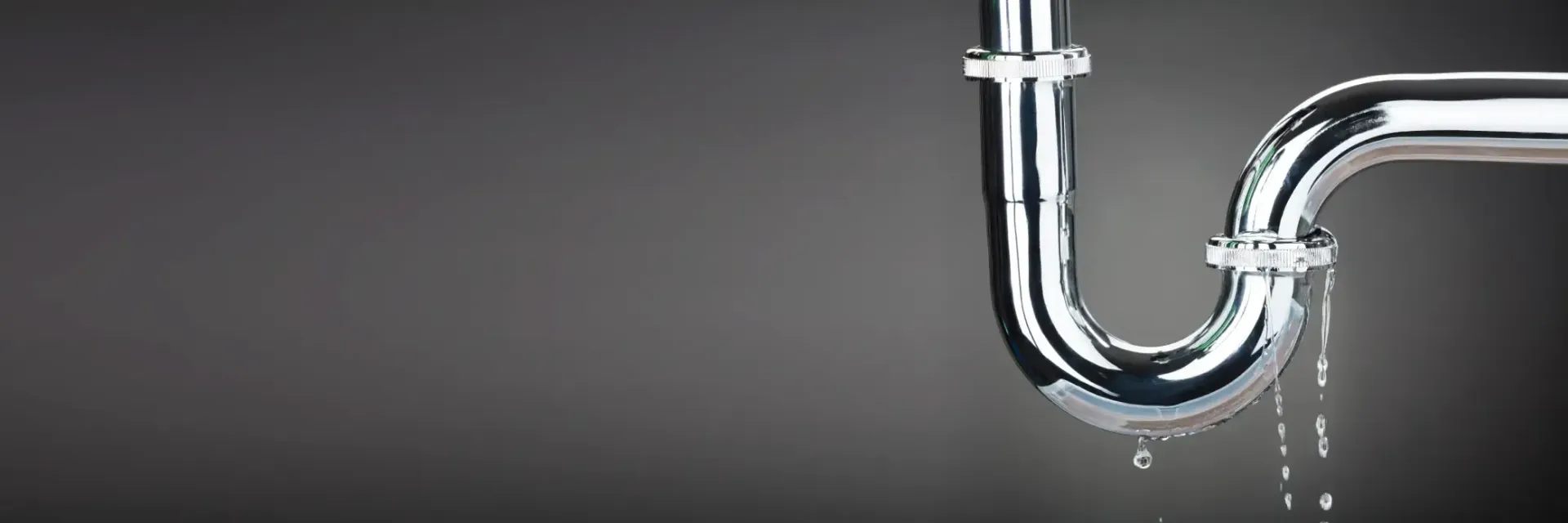

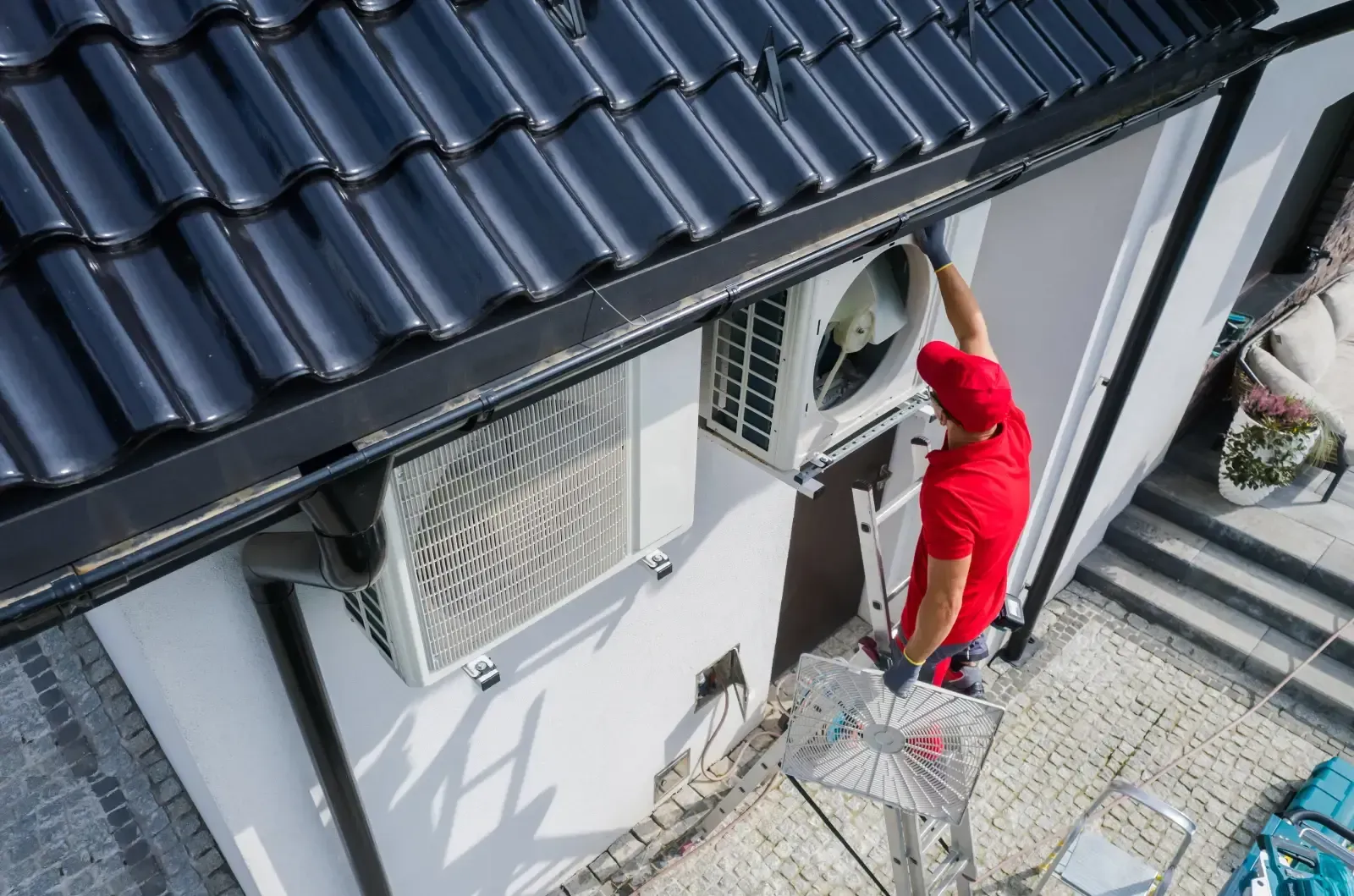
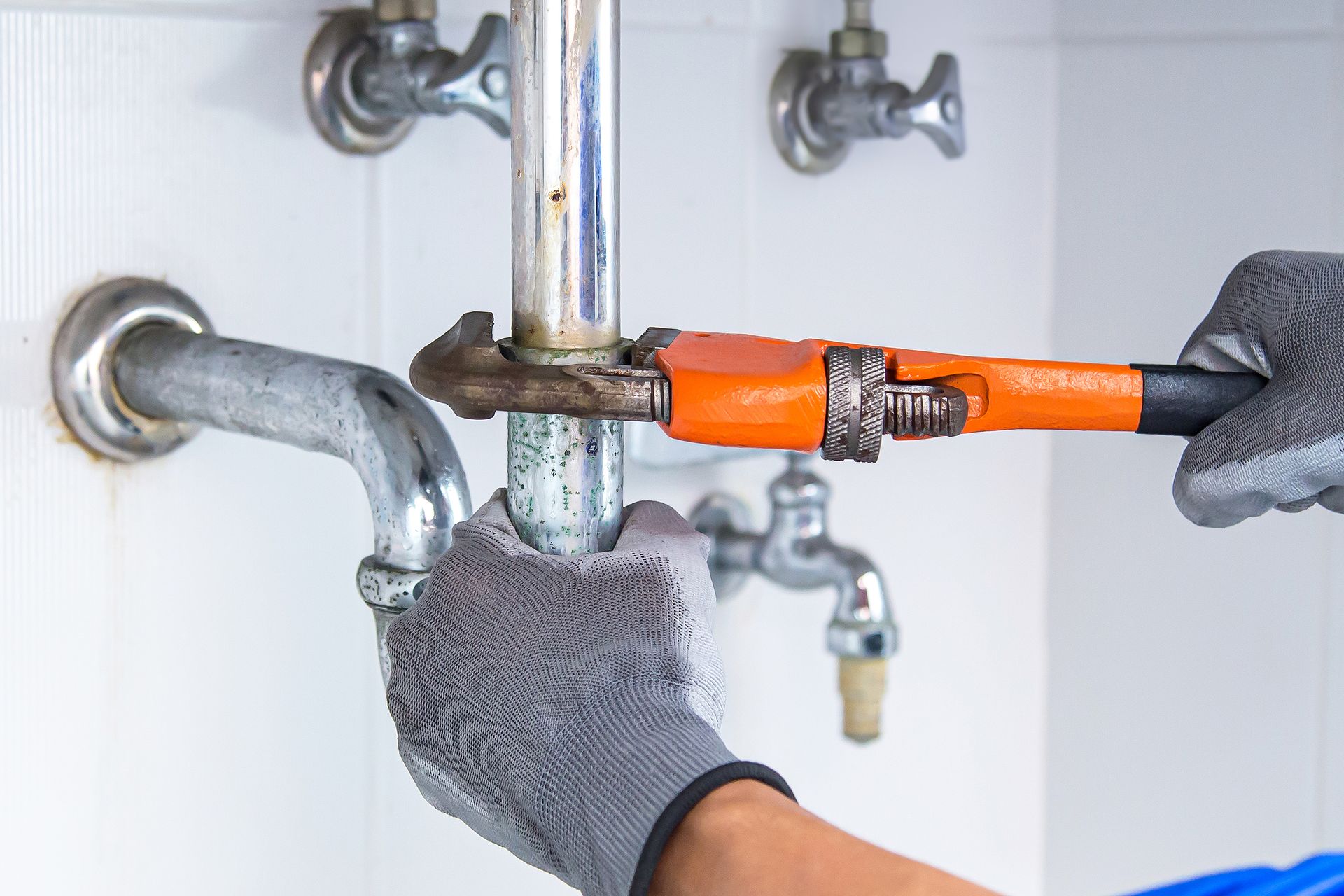
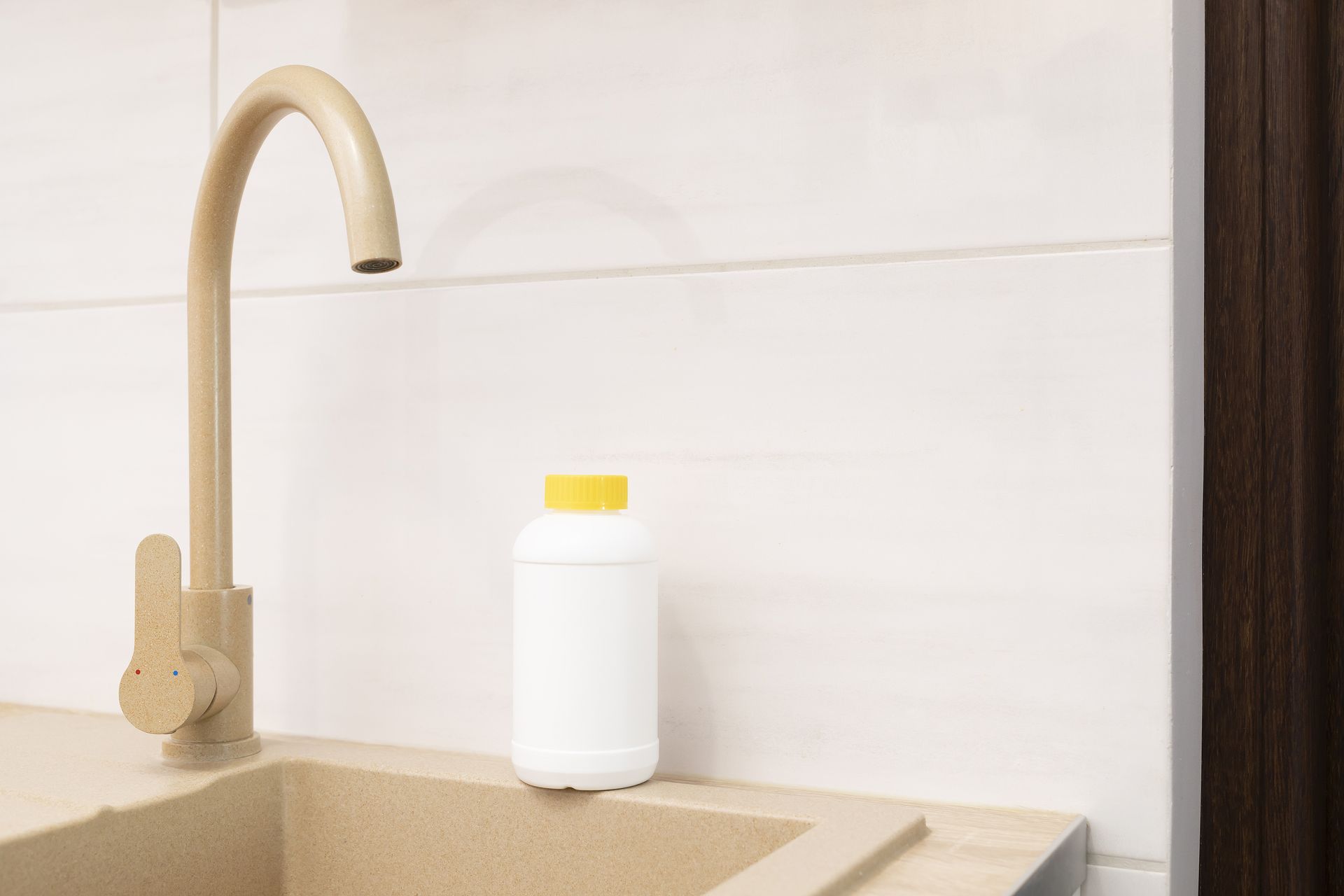
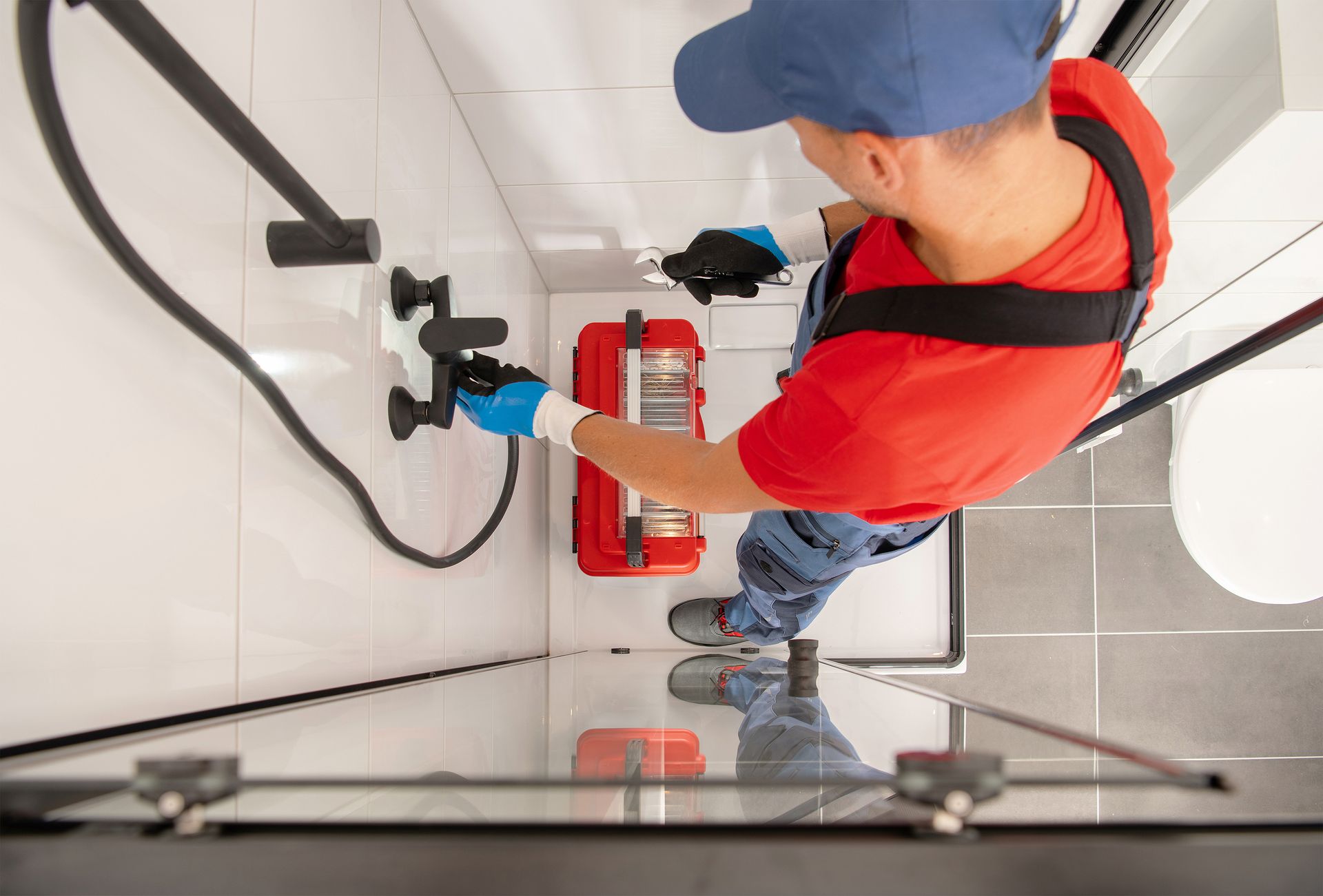
Share On: